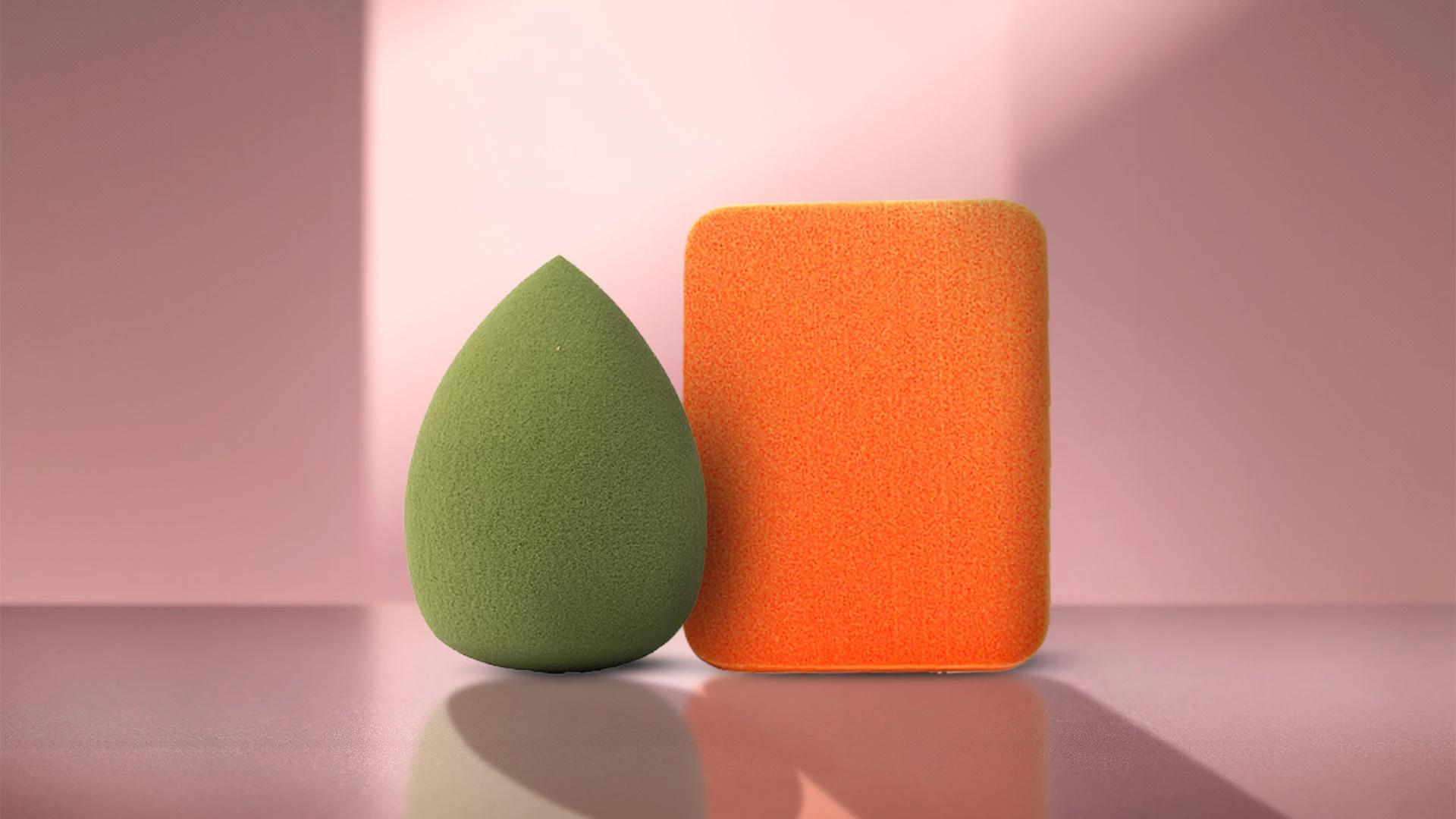If you're feeling adventurous, you can cut your beauty blender to create custom shapes for specific uses. Some people cut a flat edge for contouring or trim the tip to make it more pointed. Just remember that once you cut it, there's no going back, so maybe try this with an older sponge first.
Frequently Asked Questions
Let's sort out the most common questions about beauty blenders. These come up all the time, and getting clear answers helps you make better decisions about your makeup application routine.
Can I use a beauty blender for powder products?
Yes, but keep it only slightly damp—not as wet as you would for liquid products. A damp beauty blender can actually help set your makeup and blend powder seamlessly. Just make sure you're not soaking wet, or you'll end up with patchy application.
How often should I replace my beauty blender?
Most beauty blenders should be replaced every 3-4 months with regular use. Signs it's time for a new one include persistent staining that won't wash out, tears or rough patches, or if it's not expanding properly when wet. If it starts smelling funky even after cleaning, definitely bin it.
Are there alternatives to expensive beauty blenders?
Absolutely. Many cosmetic sponges perform similarly to high-end versions at a fraction of the price. The key is finding ones that expand when wet, have a soft texture, and don't absorb all your product. Sometimes it's worth trying a few different ones to find your perfect match.
Can I use a beauty blender for skincare application?
While it's possible, it's not really necessary for most skincare products. Your hands are usually more effective for serums and moisturisers. However, some people do use clean, damp beauty blenders to apply face masks evenly or to blend cream skincare products.
Final Thoughts
Your beauty blender really can be a game-changer for your makeup application—when you know how to use it properly. From choosing the right type to mastering different techniques, each step in this checklist builds towards that **seamless coverage** everyone's after. Remember, practice makes progress, not perfection. Don't expect to nail every technique immediately. The most important thing is keeping your sponge clean and replacing it regularly. With the right care and technique, your beauty blender will become that reliable tool you reach for every single day. Whether you're going for natural everyday coverage or full glam, these techniques will serve you well.

 Pack of 2
Pack of 2 1 Unit
1 Unit 1 Unit
1 Unit 1 unit
1 unit